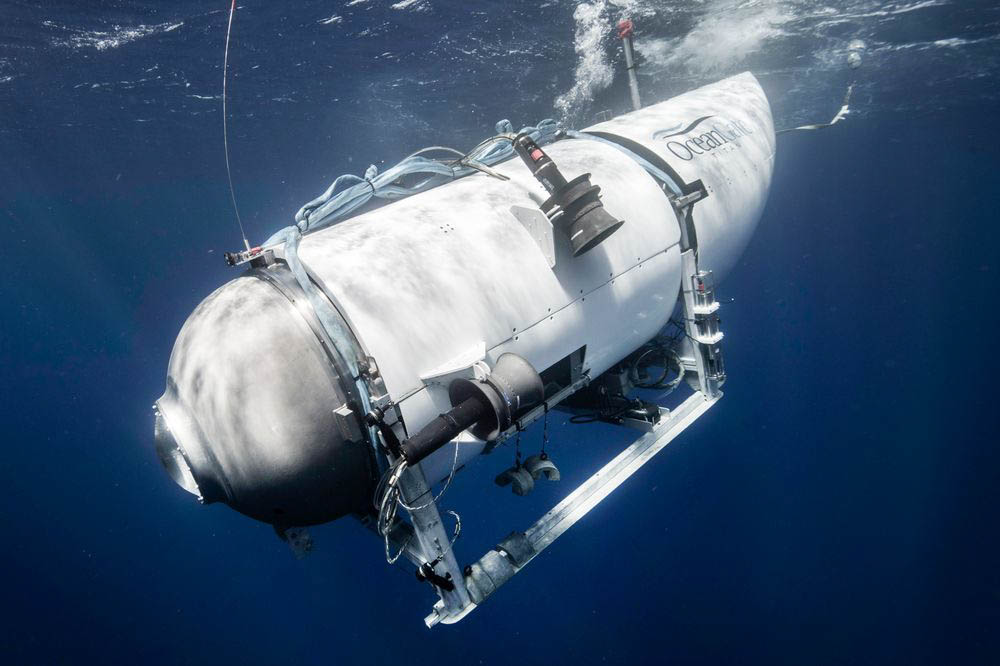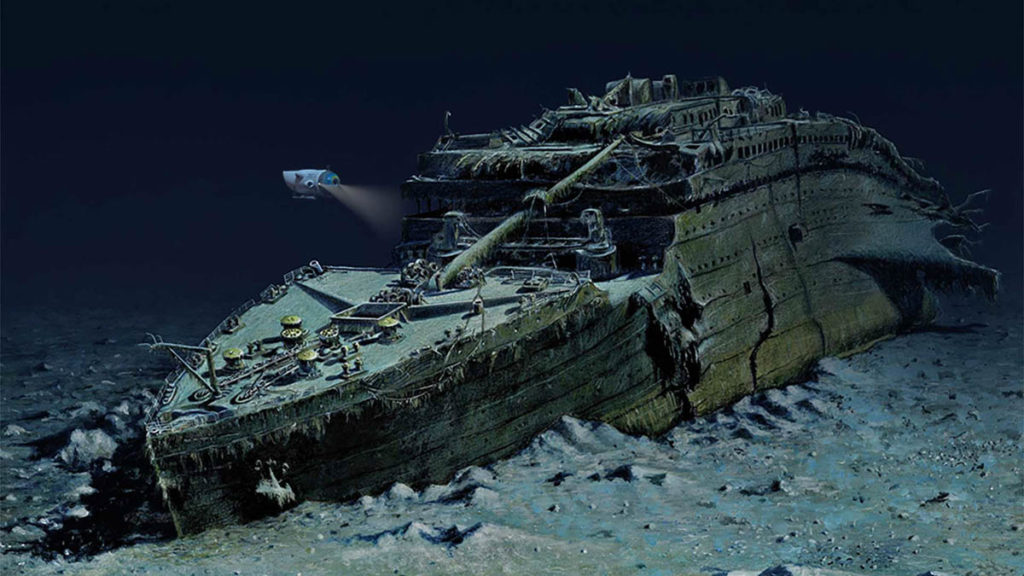Inaugural year in longitudinal study of the Titanic shipwreck concludes after weeks in the North Atlantic Ocean diving in the 5-crewmember submersible, Titan.
OceanGate Expeditions has completed six historic weeks of dives aboard Titan, the world’s only 5-person, 4,000-meter (13,123 feet) submersible. A team of renowned experts, researchers, and citizen scientists returned today to St. John’s Newfoundland with the highest quality photographs and videos of the wreck of the Titanic ever acquired. The images show of parts of the wreck that may never have been captured before.
“It took six years to develop, and stress test the world’s most advanced five person submersible, Titan. We are proud to have engineered and deployed the first successful use of sensor-instrumented carbon fiber in a deep diving human occupied submersible,” said Stockton Rush, OceanGate Inc. co-founder and submersible pilot.
The conclusion of the 2021 Titanic Survey Expedition marks the completion of the development program which began over six years ago. This inaugural deployment of the Titan submersible, its innovative launch and retrieval system, and its groundbreaking technology opens the door to expeditions and discoveries around the world. The company plans annual expeditions to the Titanic and additional expeditions to a variety of sites such as hydrothermal vents, unique biological ecosystems, and shipwrecks from every era of history.
Dr. Bridget Buxton, a marine archaeologist at the University of Rhode Island who has led expeditions all over the world, served as Chief Archaeologist for the expedition. She reported, “We have gathered thousands of new photographs and videos of considerable value that can be shared with other researchers. We have also drafted an ArcGIS map of the site on which we have overlaid the dive profiles. We will continue to add layers of data and imagery to this map each time Titan dives.”
After her recent dive to the debris field, Dr. Meenakshi Wadhwa, Director and Professor at the School of Earth and Space Exploration at Arizona State University said, “My work is focused on planetary exploration, but I think there is so much about our own home planet that we don’t yet understand and haven’t explored very much. We talk about space being a final frontier, a place we need to learn a lot more about. The ocean is another final frontier. It plays a huge role in sustaining our planet, so we’d better learn a lot more about it.”
Dr. Scott Parazynski, member of the US Astronaut Hall of Fame, is a veteran of five Space Shuttle flights and seven spacewalks. He is also a co-pilot aboard Titan and noted after his recent dive, “Titan is a complex undersea vehicle that’s designed, built and tested to the highest of aerospace standards. I’ve always been impressed by the talented OceanGate team and their focus on placing safety first, making these extremely deep-water dives possible time after time.”
Renowned Titanic veteran and Nautile submersible pilot PH Nargeolet was thrilled with his experiences aboard Titan saying, “My final dive on the bow of the Titanic was one of the very best I have ever had. Conditions were ideal and I saw parts of the wreck I had never seen before.”
In September 2021, the OceanGate Expeditions team will mobilize Titan to dive in the Hudson Canyon off New York City to study the marine life and geology in that important underwater canyon. Citizen scientists may inquire about the opportunity to join an expedition as a Mission Specialist. Mission Specialists receive training in operational roles and participate as expedition crew members.








